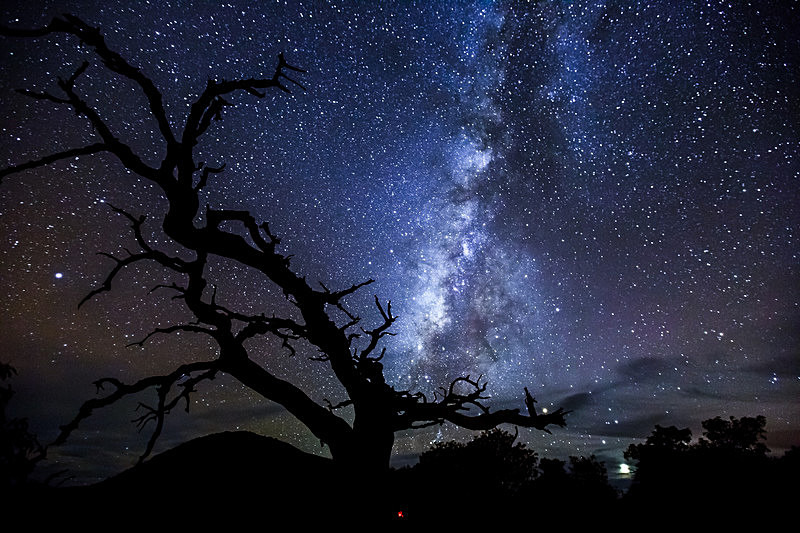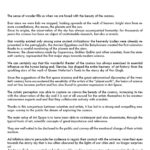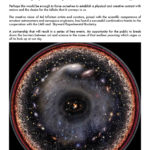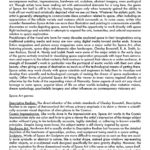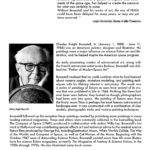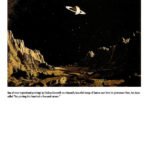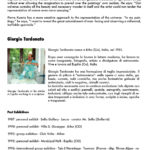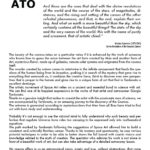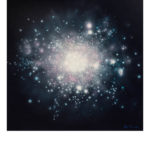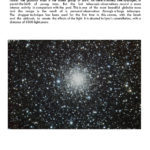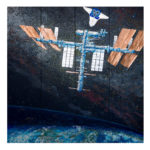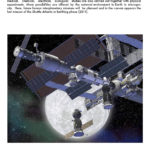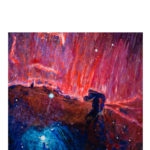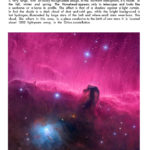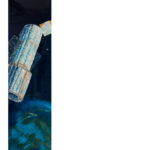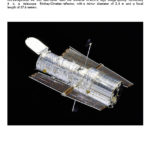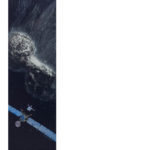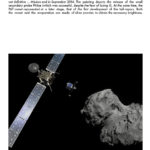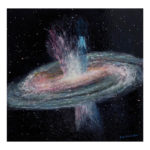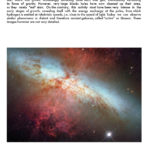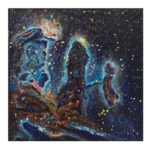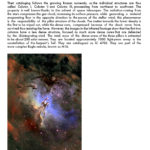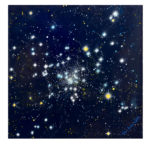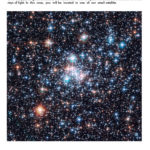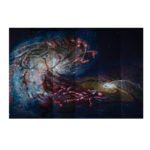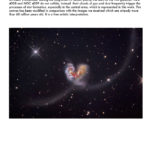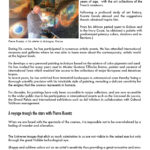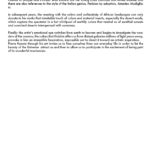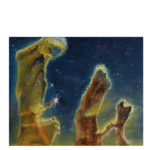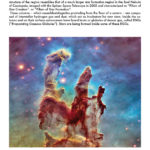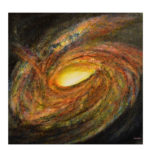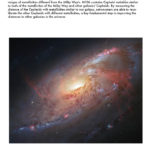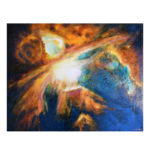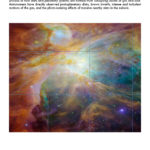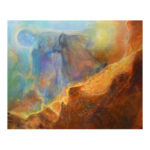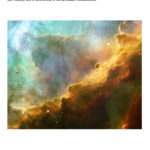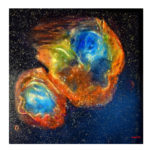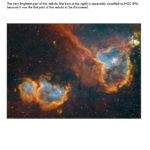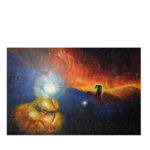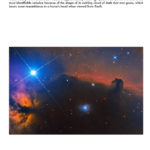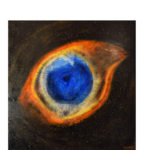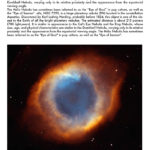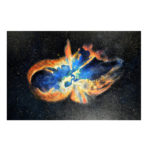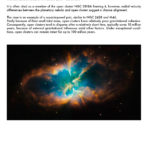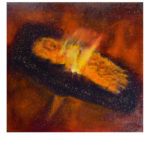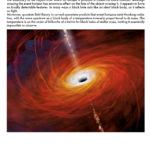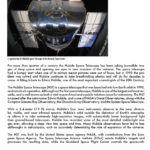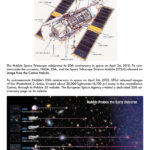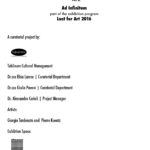“The history of evolution teaches us that the universe has never stopped being creative or inventive”.
Karl Popper e John Eccles, The Self and Its Brain, 1977
The sense of wonder fills us when we are faced with the beauty of the cosmos.
Ever since we were kids we stopped, looking upwards at the vault of heaven: bright stars from remote constellations, the moon, the planets and the sun.
Since its origins, the observation of the sky has always accompanied humanity: for thousands of years the cosmos has been an object of unattainable research, but also a reverie.
Star worship existed only among some ancient civilizations: the heavenly bodies were already represented in the petroglyphs, the Ancient Egyptians and the Babylonians created the first calendars thanks to a careful monitoring of the planets and the stars.
However, the observations made by Copernicus, Galileo Galilei and other scientists, from the sixteenth century, represented the first major steps towards modern science.
We can certainly say that this wonderful theater of the cosmos has always exercised its essential influence on the human being and, likewise, has shaped the entire heavens of art history: from the sparkling stars of the vault of Queen Nefertari’s Tomb to the starry sky of Van Gogh.
Since the suggestions of the first space missions and the great astronomical discoveries of the twentieth century have encountered the sensitivity of the artists of the “planet earth”, the fusion of science and art has become perfect and has also found its greatest expression in Art Space.
The artistic perception was able to capture on canvas the beauty of the cosmos, increasing its ties with the observation of the sky and it is not at all unusual for the artists themselves to be amateur astronomers experts and and that they collaborate actively with scientists.
Thanks to this comparison between scientists and artists, it has led to a strong and compelling message: convey to the public the dream of exploring the cosmos.
The main value of Art Space is to have been able to re-interpret and also disseminate, through the typical tools of art, scientific concepts of great importance and relevance.
They are well suited to be disclosed to the public and convey all the emotional charge of their artistic medium.
Ad Infinitum aims to persuade the audience to regain their contact with the universe: raise their eyes towards the starry sky that is too often obscured by the lights of our cities and no longer surprises us!
Art Space finds an essential and indispensable working instrument in astronomical technology: it is especially thanks to the shots of the Hubble Space Telescope that Giorgio Tardonato and Pierre Kuentz could transpose on canvas all the wonder of this authentic kaleidoscope of lights that embody the secret of the connection between man and the Cosmos.
An unusual role for a scientific instrument that becomes an exceptional co-author of these stunning works of art.
In order to safeguard the culture and beauty of the starry night many people have asked Unesco to declare the night sky a World Heritage Site, but for technical reasons this has never happened.
Perhaps this would be enough to force ourselves to establish a physical and creative contact with nature and the desire for the infinite that it conveys in us.
The creative vision of Ad Infinitum artists and curators, joined with the scientific competence of amateur astronomers and aerospace engineers, has found a successful combination thanks to the cooperation with the LAG and Skyward Experimental Rocketry.
A partnership that will result in a series of free events. An opportunity for the public to break down the barriers between art and science in the name of that endless yearning which urges us all to look up at our sky.
DOWNLOAD HERE THE CATALOGUE IN ENGLISH
Space Art is the perfect expression of the link between science and art, capable of sucessfully transmitting to the public a strong, enthralling dream of exploring the cosmos.
Giorgio Tardonato’s paintings stand out for their scientific accuracy, blended with the desire to express on canvas the wonder of the stars and the distant galaxies thousands of light years away, without ever allowing the imagination to prevail over the paintings’ own realism. He says: “Our universe contains all the beauty and necessary wonder in itself and the artist could not render the representation of nature even more amazing.”
Pierre Kuentz has a more sensitive approach to the representation of the universe. “In my paintings,” he says, “I want to reveal the great astonishment of man facing and observing a millennial, ineffable spectacle.”

